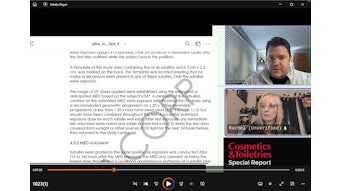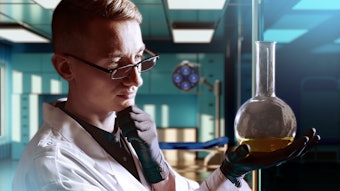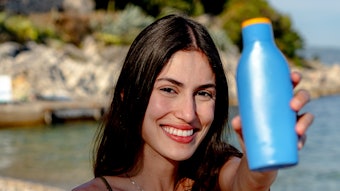The Personal Care Product's Council (PCPC) has released a statement in response to the December 2011 study on lead in lipsticks conducted by the US Food and Drug Administration (FDA).
The 2011 study assessed the lead content of 400 lipsticks, serving as a follow-up to the 2009 study that assessed 20 lipsticks. Both studies utilized a highly sensitive and rigorous testing method to analyze the total lead content in a broad selection of lipsticks sold in the United States, and both concluded that the lead levels found in the lipstick were safe and well below limits recommended by international regulatory authorities. The FDA stipulates that lead in color additives should be present at no more than 20 ppm. The maximum amount of lead found in the 2009 study was 3.06 ppm, and the maximum amount of lead found in the 2011 study was 7.19 ppm.
After the 2011 study, the FDA again concluded that there was no safety concern with the amount of lead found in lipsticks; however, the Campaign for Safe Cosmetics repeated their 2009 allegation that there are unsafe levels of lead in lipstick.
The PCPC has responded to the CSC's allegations with the following comment:
“FDA again has reviewed the lead levels found in lipstick and determined them to be safe. Unfortunately, some activist groups are misconstruing the results of the FDA study posted in December that found current lead levels in lipsticks to be well below limits recommended by international regulatory authorities. In the study, FDA found trace levels of lead in various lipsticks ranging from 0.026 to 7.19 ppm and averaging 1.11 ppm. Using lipstick containing lead at this level would result in exposure 1,000 times less than from daily consumption of water meeting EPA drinking water standards.
“Lead is never used as an intentionally added ingredient in or as an additive to lipstick. However, lead is ubiquitous and found naturally in air, water, and soil. It may also be found at extremely low levels as a trace contaminant in the raw ingredients used in formulating cosmetics, such as lipstick, just as it is found in many thousands of other products.
“Cosmetic companies are required by law to substantiate the safety of their products before they are marketed. Nothing matters more to cosmetic companies than the safety of those products and the well- being of the women who use them.”










